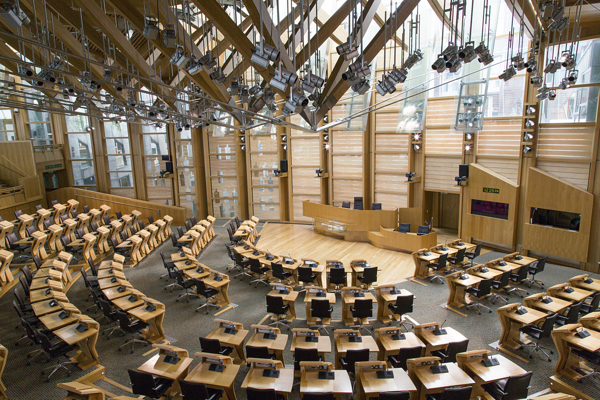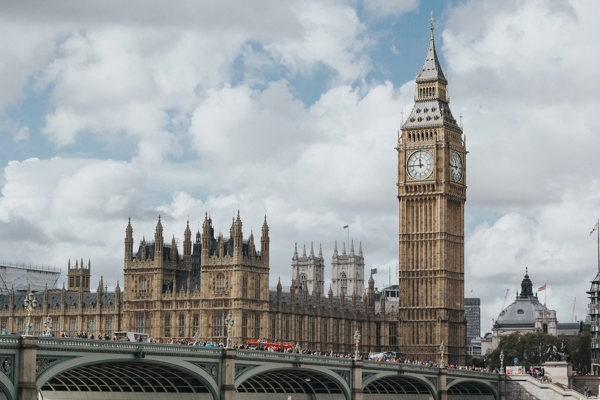This is an important decision, being one of the first on a major wind farm development under the recently adopted National Planning Framework 4 (NPF4). It is also important as being the first example of the application by Scottish Ministers of their policy 7 in NPF4 on historic assets and places.
In summary, Scottish Ministers agreed with HES' objection that the proposed development would have a significant adverse impact on the integrity of the setting of a scheduled monument, Dun Skeig, a collection of iron age defensive structures and a hill fort. Consent was refused on this basis.
Insofar as cultural heritage - and HES' objection - is concerned, the impact related entirely to setting; not on the fabric of the scheduled monument itself. As the key guidance on setting states:
"Setting is the way the surroundings of a historic asset or place contribute to how it is understood, appreciated and experienced…. Defining the setting of a historic asset or place is case-specific and will ultimately rely on informed judgement, based on a range of considerations…"
Consideration of setting can therefore result in a detailed discussion at inquiry. The protection afforded by policy to setting is a strong one: NPF4 is clear that development proposals will only be supported where significant adverse impacts on the integrity of the setting are avoided unless there are exceptional circumstances to justify the impact and impacts on setting have been minimised.
In the Sheirdrim case, Scottish Ministers determined following the inquiry that the significant adverse impact on the setting of Dun Skeig scheduled monument and resulting impact on how it is understood and enjoyed, and the experience of its benefits, would not be secured for present and future generations if the proposed development were consented.
As is often correctly emphasised, the policies within NPF4 require to be read as a whole and considered and balanced when reaching a decision on applications for wind energy development.
Scottish Ministers noted in their decision letter that even taking into account the significant support assigned by NPF4 to the proposal as a renewable energy development and therefore its status as national development, the negative impacts on the historic and natural environment, particularly on the setting of Dun Skeig, Sheirdrim is not the right development in the right place. The proposed development is therefore not acceptable overall.
Further, in their report to the Scottish Ministers of the inquiry, the Reporters provided some helpful commentary on the concept of 'exceptional circumstances' in the context of NPF4 Policy 7. The Reporters note that "the climate emergency and renewable energy targets (including for wind) are not out of the ordinary or unusual. They are already integrated into the decision-making framework in NPF4 …. Since these matters would already be considered in the normal course of decision making for proposals such as this, we are not convinced that they form exceptional circumstances." In short, the Reporters note that NPF4 "normalises consideration of the climate emergency and targets on emissions and renewable energy."


